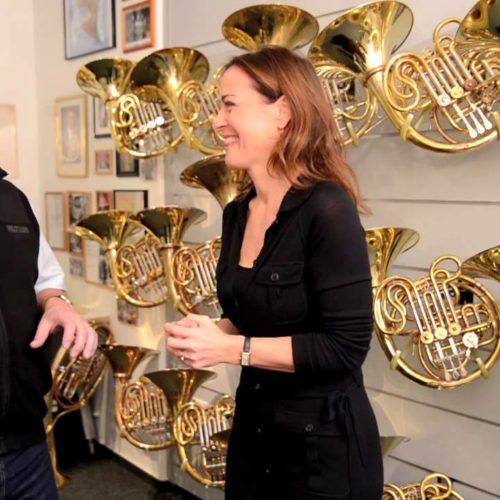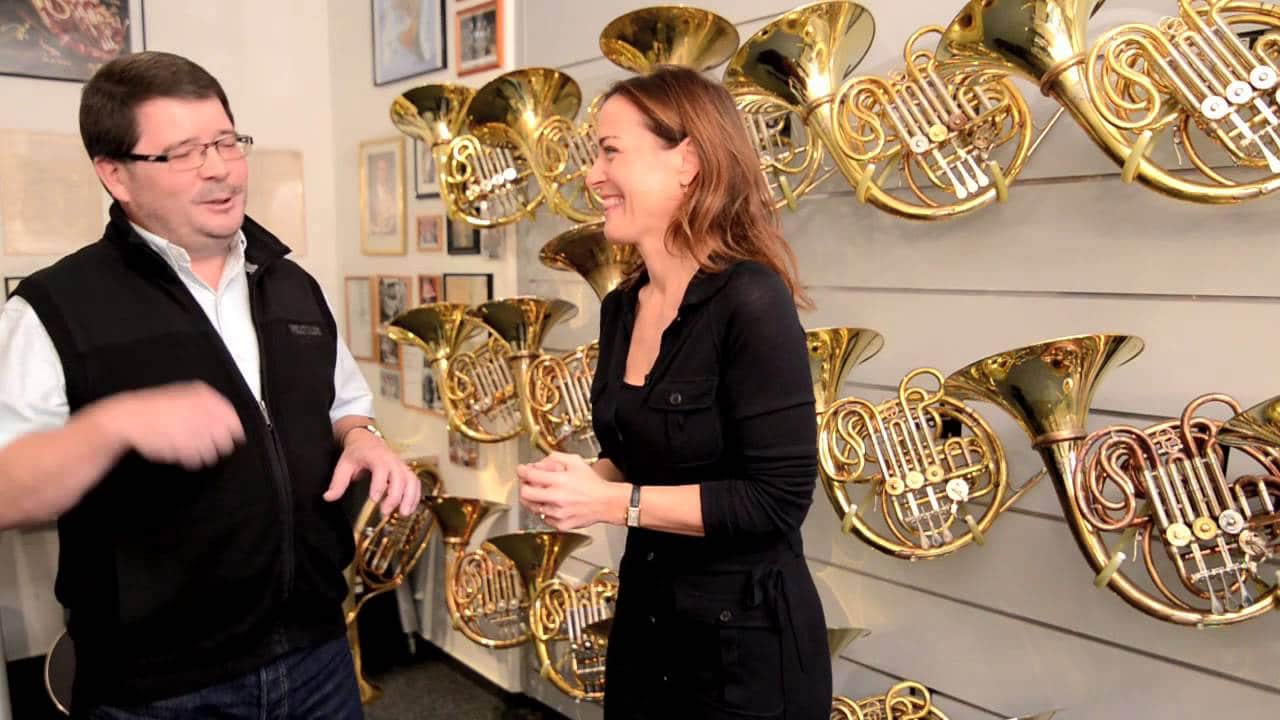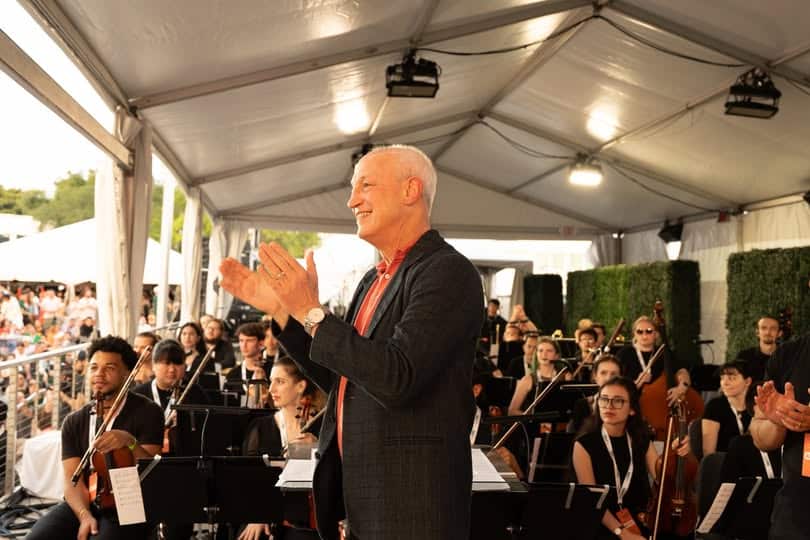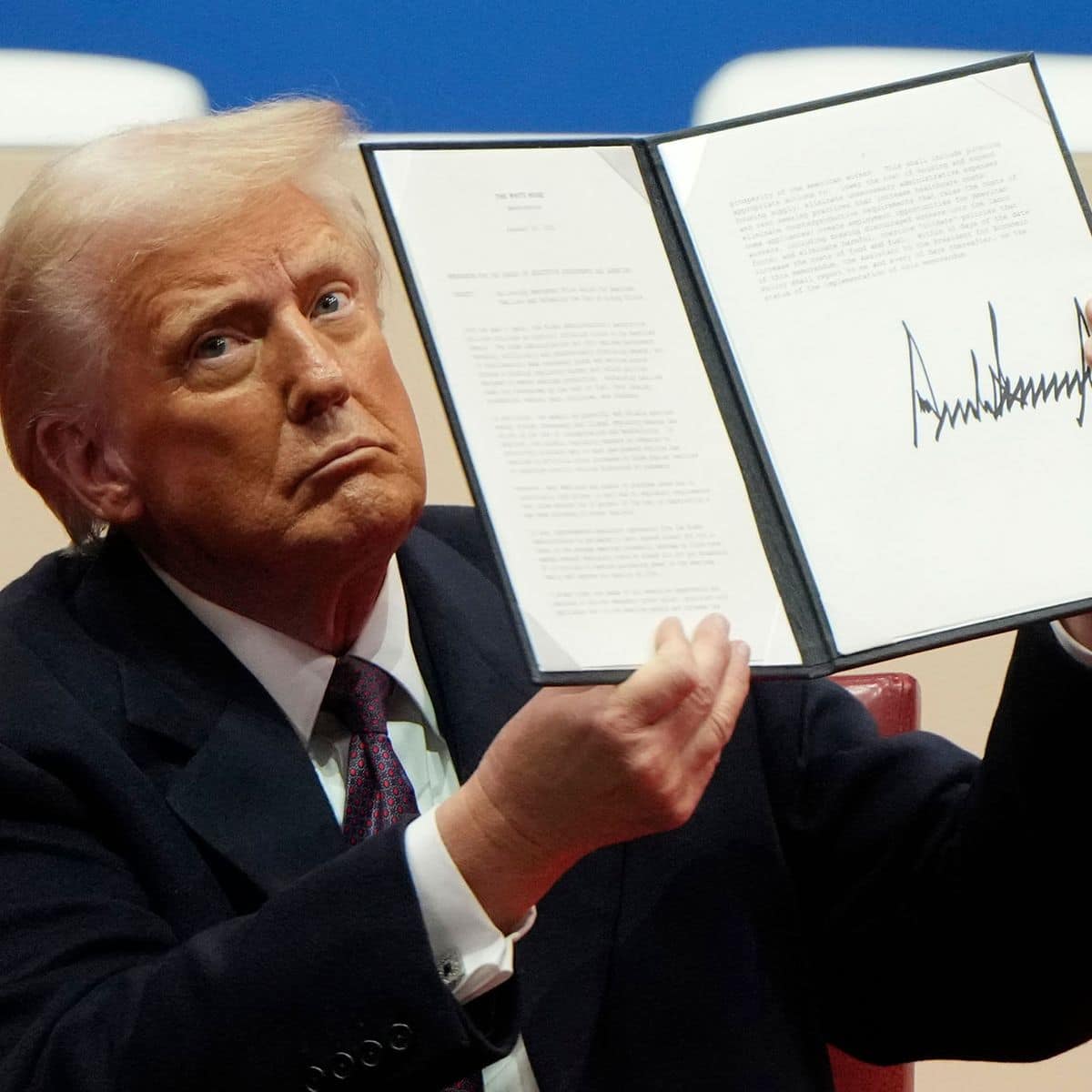Can anyone handle a Wagner tuba?
mainThe latest tutorial from Berlin Phil’s Sarah Willis is a cracker.


The latest tutorial from Berlin Phil’s Sarah Willis is a cracker.

Colleagues are mourning the Georgian composer Marianna Tscharkwiani,…

We understand that Andre Schoch, a member of…

The Frost School of Music at the University…

From the occupied arts center: Step in to…

Session expired
Please log in again. The login page will open in a new tab. After logging in you can close it and return to this page.
Comments